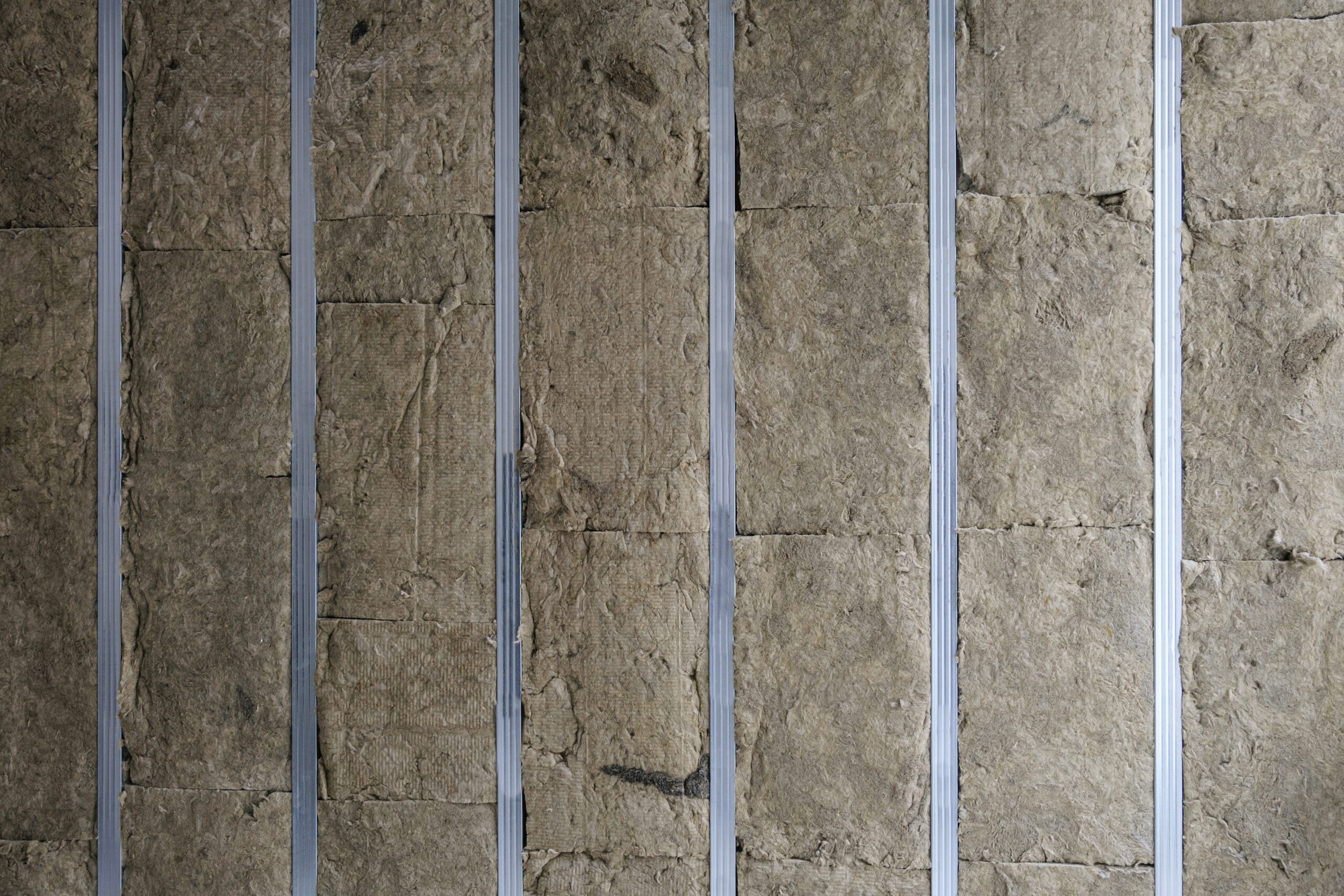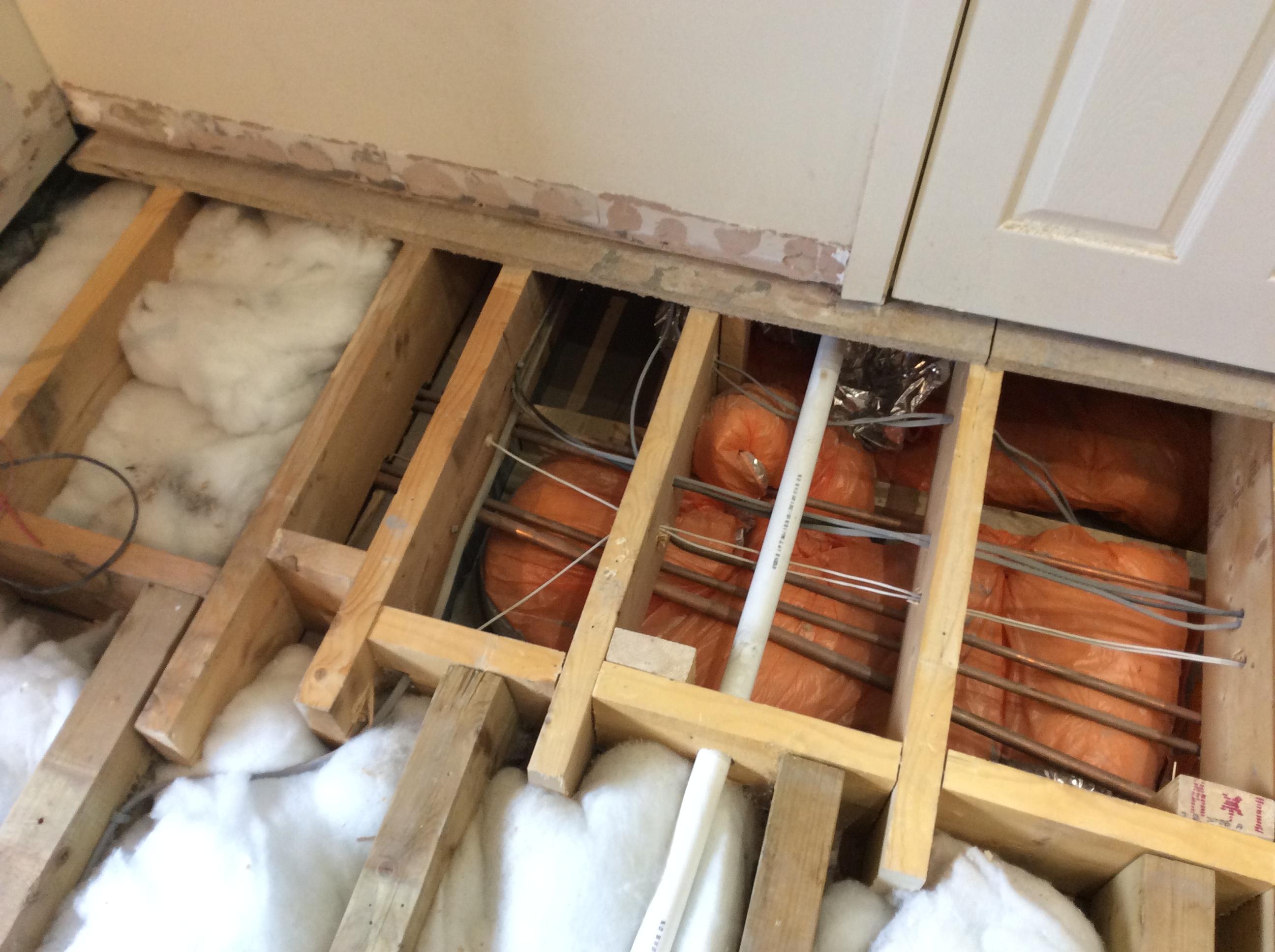Understanding Sound Insulation in Bathroom Stud Walls
/OSB-Board-Being-Insulated-185126412-56a4a04c5f9b58b7d0d7e382.jpg)
Sound insulation bathroom stud wall – Sound insulation is a crucial aspect of bathroom design, ensuring privacy and comfort for both the user and those outside the space. In bathroom stud walls, sound insulation involves controlling the transmission of sound through the walls, preventing noise from entering or escaping the bathroom.
Achieving optimal sound insulation in a bathroom stud wall requires meticulous attention to detail. The seamless integration of soundproofing materials ensures that unwanted noise is effectively minimized. To enhance the aesthetic appeal of the bathroom, consider incorporating a seamless bathroom wall texture seamless bathroom wall texture.
This technique provides a smooth, unified surface that not only conceals imperfections but also contributes to the overall sound-dampening capabilities of the bathroom.
The principles of sound insulation rely on the use of materials and techniques that absorb, block, or reflect sound waves. In bathroom stud walls, this can be achieved through the use of:
- Mass: Heavier materials, such as drywall, concrete, or sound-dampening compounds, absorb and block sound waves more effectively.
- Damping: Viscoelastic materials, such as acoustic insulation panels or rubber gaskets, dissipate sound energy by converting it into heat.
- Air Gaps: Air spaces between layers of materials can help to break up sound waves, reducing their transmission.
Factors Affecting Sound Insulation
The effectiveness of sound insulation in bathroom stud walls depends on several factors:
- Material Thickness: Thicker materials provide better sound insulation.
- Material Density: Denser materials are more effective at blocking sound.
- Wall Construction: Double or staggered stud walls with multiple layers of drywall enhance sound insulation.
- Airtightness: Gaps and holes in the wall can compromise sound insulation.
- Plumbing Fixtures: Noisy plumbing fixtures, such as toilets and showers, can contribute to sound transmission.
Methods for Soundproofing Bathroom Stud Walls: Sound Insulation Bathroom Stud Wall

Soundproofing bathroom stud walls requires a comprehensive approach that addresses different aspects of sound transmission. Effective methods involve adding mass, damping vibrations, and creating air gaps to minimize sound leakage.
Adding Mass
Adding mass to the wall increases its resistance to sound waves, reducing their transmission. This can be achieved by:
- Installing a second layer of drywall: Adding an additional layer of drywall on the existing wall adds mass and dampens vibrations.
- Applying soundproofing compound: A soundproofing compound, such as Green Glue, can be applied between layers of drywall to increase mass and dampen vibrations.
Damping Vibrations
Damping vibrations prevents sound waves from resonating within the wall. This can be achieved by:
- Using resilient channels: Resilient channels are metal tracks that isolate the drywall from the studs, reducing vibration transfer.
- Installing soundproofing mats: Soundproofing mats, made of materials like rubber or foam, can be placed between the drywall and studs to absorb vibrations.
Creating Air Gaps
Air gaps between layers of materials create a barrier that阻碍s sound transmission. This can be achieved by:
- Staggering studs: Staggering the studs in the wall creates an offset between layers of drywall, forming an air gap.
- Installing furring strips: Furring strips, thin wooden strips, can be attached to the studs to create a space between the drywall and the studs.
Considerations for Soundproofing Bathroom Stud Walls

Soundproofing bathroom stud walls involves several considerations to ensure effectiveness and minimize potential challenges.
The selection of soundproofing methods should align with specific needs and constraints, such as the desired level of sound reduction, available space, and budget.
Selecting Appropriate Soundproofing Methods, Sound insulation bathroom stud wall
Factors to consider when selecting soundproofing methods include:
- Desired sound reduction level: Determine the extent to which sound needs to be reduced, whether for privacy, noise control, or other reasons.
- Available space: Consider the thickness of soundproofing materials and their impact on available space within the bathroom.
- Budget: Explore different soundproofing options within the available financial constraints.
Minimizing Sound Transmission through Other Pathways
In addition to soundproofing stud walls, it’s essential to address potential sound transmission pathways, such as:
- Plumbing fixtures: Install sound-absorbing pads or blankets around pipes and fixtures to reduce noise from water flow.
- Ventilation systems: Use sound-attenuating ducts and silencers to minimize noise from fans and vents.
Sound insulation is a crucial aspect of bathroom design, especially in shared spaces. By incorporating soundproofing materials into bathroom stud walls, one can effectively minimize noise transmission. To further enhance the functionality of the bathroom, consider installing a corner wall shelf unit.
These units provide ample storage while utilizing the often-unused corner space, maximizing the bathroom’s efficiency. The combination of sound insulation and practical storage solutions ensures a tranquil and organized bathroom experience.